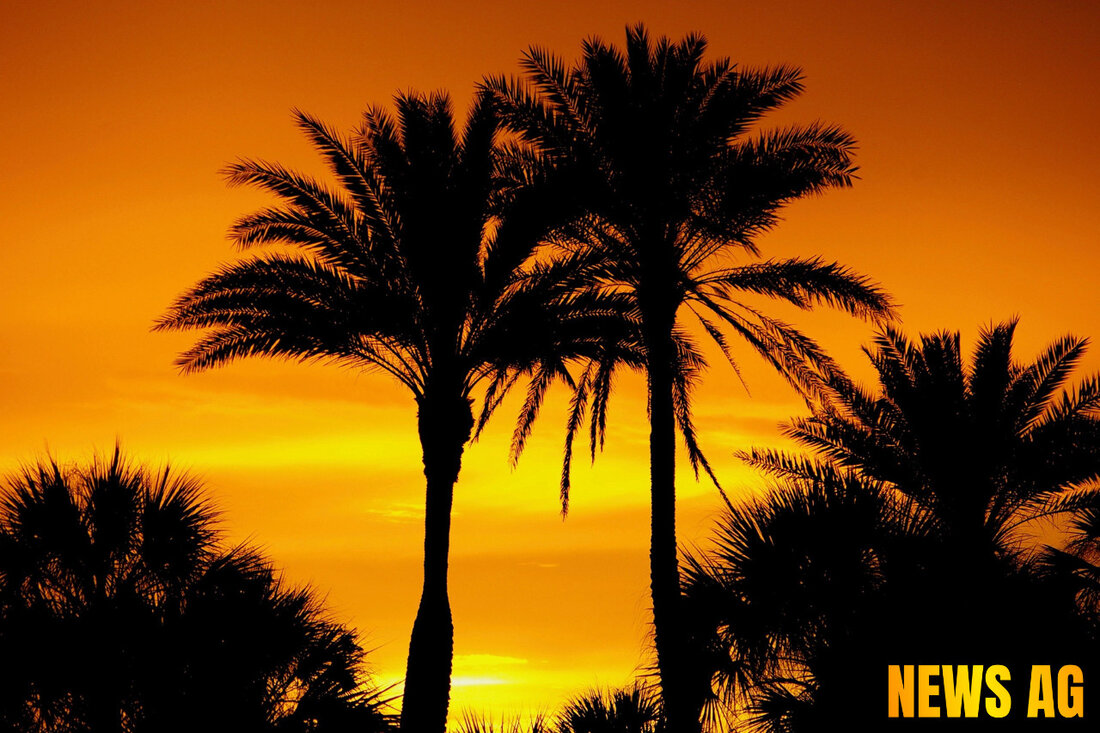Wild Monkey Sighted on Florida Farm: What It Means for Locals!
A family in Lake County, Florida spotted a wild monkey, raising concerns over nonnative species impacts on local ecosystems and health.

Wild Monkey Sighted on Florida Farm: What It Means for Locals!
In a surprising incident that left many residents talking, a family in Altoona, Florida, spotted a monkey on their property around 10 a.m. on Sunday. Kellie Wheeler, a family member, was shocked to see the creature on their surveillance camera. Initially mistaking it for a slender cat, she soon zoomed in and realized the truth—it was indeed a monkey. This unexpected encounter highlights an increasingly common issue in Florida: the presence of nonnative monkeys that can significantly impact local ecosystems, agriculture, and even public health.
Wild monkeys, such as the rhesus macaques, are not native to this region and have been known to carry diseases like rabies and herpes B, which can pose serious risks to humans. In fact, the Florida Fish and Wildlife Conservation Commission (FWC) advises residents to maintain a safe distance from these animals and to resist the urge to feed them. Encountering aggressive monkeys can be reported to the FWC at 888-404-FWCC (3922), an important reminder for caution in these instances Fox 35 Orlando reports that.
The Invasive Monkey Dilemma
According to University of Florida’s IFAS Extension, nonnative species can disrupt ecosystems in harmful ways, and Florida has become a hotspot for such invasions. Over 500 nonnative species have been introduced, resulting in management costs exceeding $500 million annually. Among the 20 mammal species introduced in the state, five are monkey species, including rhesus macaques, squirrel monkeys, and vervet monkeys. The situation is quite alarming as these monkeys not only disrupt local wildlife dynamics but can also damage crops and gardens.
The rhesus macaque stands out due to its adaptability and population growth. Originally introduced in the 1930s at Silver Springs State Park to boost tourism, their numbers exploded over the decades. From just six individuals to nearly 400 by the 1980s, management efforts have resulted in the removal of about 1,000 macaques from the area from 1984 to 2012 due to concerns over their ecological impact. Despite efforts, an estimated 175 of these monkeys continue to thrive in Silver Springs as of 2015.
Potential Risks and Ongoing Research
Adding to the gravity of this situation, a study by USA Today uncovered the risks posed by invasive species, including the crab-eating macaque, which may threaten both ecology and human health due to disease transmission. This monkey, while not currently established in Florida, underscores the broader concern about nonnative species in the state. The FWC has cautioned against feeding wild monkeys, as this behavior can lead to aggressive interactions.
Across Florida, there are two semi-captive locations for monkeys, including Homosassa Riverside Resort with four spider monkeys and the Monkey Jungle housing approximately 110 long-tailed macaques. Public health advocates encourage individuals who encounter wild monkeys or suffer bites or scratches to seek immediate medical attention, owing to the potential risks of diseases like the herpes B virus.
Education and vigilance are key as Florida continues to grapple with the fallout from these invasions. Wildlife officials and researchers advocate for ongoing monitoring and management to mitigate the impacts on local ecosystems. With a staggering number of nonnative species threatening Florida’s natural resources, public awareness and responsible behavior become essential in addressing this pressing issue.

 Suche
Suche
 Mein Konto
Mein Konto